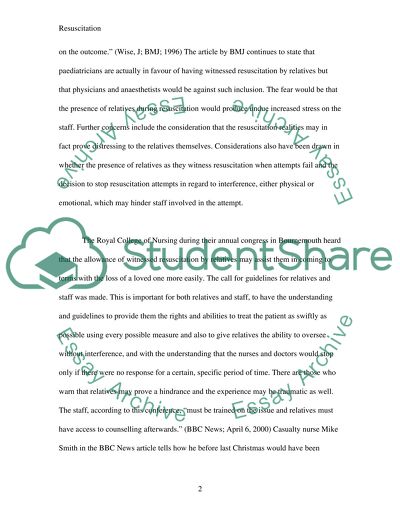Cite this document
(“The Pros and Cons of Witnessed Resuscitation Essay”, n.d.)
The Pros and Cons of Witnessed Resuscitation Essay. Retrieved from https://studentshare.org/health-sciences-medicine/1505194-the-pros-and-cons-of-witnessed-resuscitation
The Pros and Cons of Witnessed Resuscitation Essay. Retrieved from https://studentshare.org/health-sciences-medicine/1505194-the-pros-and-cons-of-witnessed-resuscitation
(The Pros and Cons of Witnessed Resuscitation Essay)
The Pros and Cons of Witnessed Resuscitation Essay. https://studentshare.org/health-sciences-medicine/1505194-the-pros-and-cons-of-witnessed-resuscitation.
The Pros and Cons of Witnessed Resuscitation Essay. https://studentshare.org/health-sciences-medicine/1505194-the-pros-and-cons-of-witnessed-resuscitation.
“The Pros and Cons of Witnessed Resuscitation Essay”, n.d. https://studentshare.org/health-sciences-medicine/1505194-the-pros-and-cons-of-witnessed-resuscitation.


